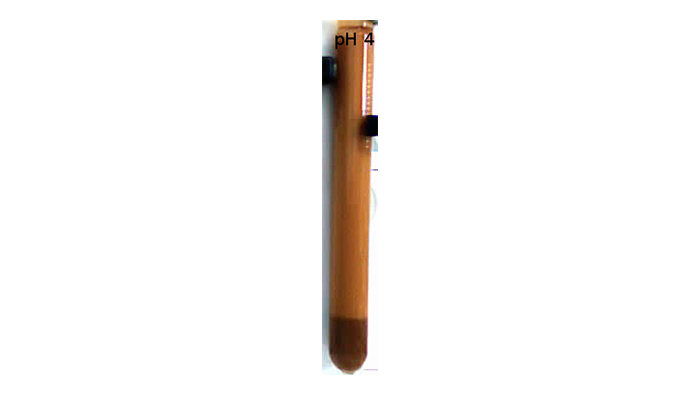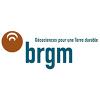MECAFLOC
The MECAFLOC project - mechanisms, influence of environmental physico-chemical properties and identification of new flocculants - is a research project led by the University of New Caledonia (UNC) and the Institute for Research and Development (IRD).
The aim of the MECAFLOC project is to obtain a clearer understanding of flocculation and of suspended mineral solids sedimentation mechanisms falling within the sphere of water purification.
The MECAFLOC project therefore aims, through research, to:
• improve suspended solids separation techniques
• implement models to evaluate suspended solids sedimentation rates in accordance with mineral characteristics, with a view to improving tailings pond design.
• identify flocculant usage methodologies suitable for New Caledonia, with a specific focus on bioflocculants.
Michael Meyer
ISEA






In New Caledonia, mining operations (recent or historic) play a key role in heightening the natural erosion process. This phenomenon, known as “red waters”, is characterised by a significant increase in sediment transport along rivers, particularly notable during rain events. This transport of suspended mineral solids such as iron oxide is responsible for downstream accumulations of silt in watersheds.

To mitigate the impact of suspended solids sedimentation at confluences of rivers and the lagoon, depending on salinity levels, tailings ponds are located on mining massifs along the river to facilitate the sedimentation process.
Since suspended solids associated with some substrates settle very slowly, such tailings ponds do not always prove effective. Flocculants and coagulants are therefore used to accelerate the sedimentation process. However, these have a greater or lesser effect depending on substrate characteristics and the physico-chemical conditions of the environment.
The aim of the MECAFLOC project is to obtain a clearer understanding of flocculation and suspended mineral solids sedimentation mechanisms in accordance with mineral characteristics and environmental physico-chemical properties (salinity, pH, etc.).
These sedimentation mechanisms vary depending on the environment and tend to significantly impact coastal areas. Today, we need to achieve greater control over related costs and impacts.
The MECAFLOC project aims to identify scientific responses targeting:
• a better understanding of the dynamics of suspended solids sedimentation, according to the variable nature of soils and the physico-chemical environment of tailings ponds or areas where rivers and lagoon meet;
• a knowledge of flocculant/suspended solids interactions according to mineral characteristics, taking into account the specific geological context of New Caledonia;
T
his project is being developed in line with the National Centre for Technical Research (CNRT) projects “Functioning of small mining catchments” and “Dynamine”, in which issues relating to the dynamics of suspended solids sedimentation are addressed.
SEARSE, a parallel project led by the IRD/UNC/IFREMER/AEL consortium since 2017, has been studying the behaviour of suspended solids in New Caledonia’s lagoon and assessing the impacts of mechanisms of aggregation/flocculation with organic matter.
The MECAFLOC project is based on laboratory research into in situ devices to monitor flocculation phenomena using optical measurements and filming of sedimentation fronts.
Tests will be carried out on various flocculant products to assess their effectiveness. There will be a strong focus on new natural molecules such as bioflocculants, which have a lower environmental impact than conventional chemical flocculants.
Test results will be used to model aggregation/flocculation mechanisms using the latest methods for simulation of nonlinear phenomena.
The ultimate aim of the project could be to propose methods for:
• improving estimates of suspended solids sedimentation rates depending on mineral characteristics
• improving tailings pond design
With, as a final goal: to come up with a flocculant use methodology suited to New Caledonia’s natural environments.
The workshop of the programm "Au fil de l'eau" took place on 17 and 18 September 2019, at the UNC.
Tuesday 18 September was dedicated to the intermediate results of the "Au fil de l'eau" program (whose presentation is available on the french's page of the project). This restitution day was an opportunity to exchange on the various projects that make up the program, between research professionals, actors from the public, private and associative sectors working on these themes.
Les 28 et 29 mars 2022, le CRESICA organisait le séminaire "Au fil de l'eau" qui a permis de présenter les résultats du projet.
Visionnez la présentation faite lors du séminaire grâce à la vidéo du projet MECAFLOC par M. Meyer.















